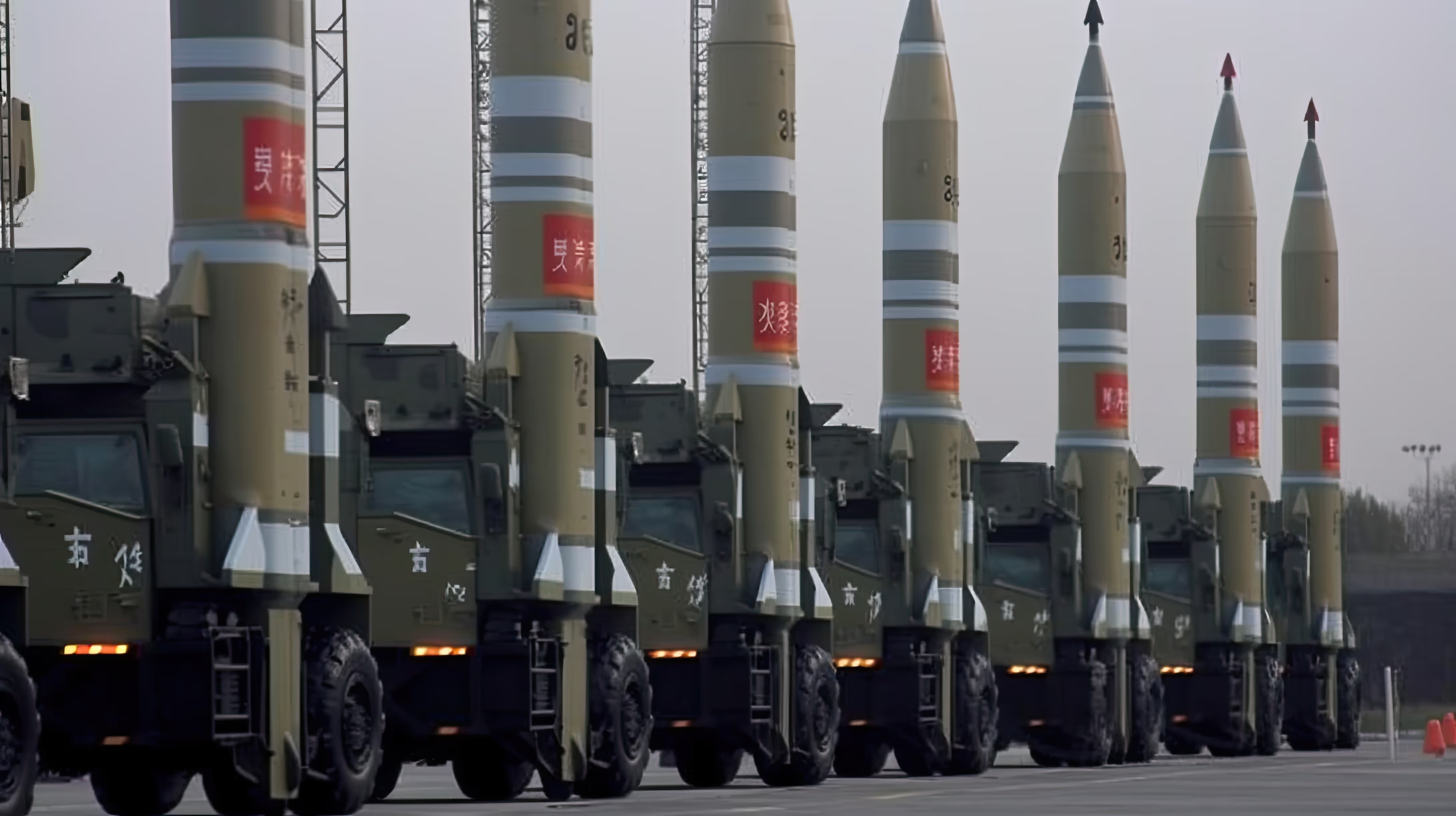Since 2022, China has sharply escalated its conduct of military exercises around Taiwan. Once largely symbolic or seasonal, those drills have grown in frequency, scope and ambition, evolving into full-spectrum, joint-force rehearsals that closely simulate real-world combat.
The tempo and sophistication of those operations suggest that Beijing is shifting from mere demonstration to active preparation. The PLA is now rehearsing nearly the full range of actions it might employ in a future invasion, including precision missile strikes, air and naval blockades, joint land–sea–air coordination and small-island seizures. The PLA Rocket Force and China’s aircraft carriers are increasingly integrated into the drills, and surface combatants and aircraft are at times operating within Taiwan’s contiguous zone, or within 24 nautical miles of Taiwan’s coast.
That steady encroachment, described by a former US commander as a ‘boiling the frog’ strategy, serves a dual purpose: training forces for conflict while psychologically pressuring Taiwan’s leadership and population. The exercises deliberately blur the line between peace and conflict. They’re intended to intimidate, to warn against moves towards permanent separation, and to signal to both domestic and international audiences that unification remains Beijing’s firm objective, and that it’s prepared to consider military options to achieve that.
A key aim is to normalise the PLA’s presence in the Taiwan Strait and surrounding waters. In the absence of sustained international pushback, Beijing has exploited this space. Operations that once drew sharp diplomatic protests have become routine, gradually shifting the threshold of what’s considered acceptable behaviour. That absence of ‘red lines’ weakens deterrence and builds a sense of inevitability around China’s claims.
China’s large-scale exercises send a clear and calculated message: Beijing is building both the capability and the narrative for forced unification if peaceful means fail. From precision strike drills and carrier group manoeuvres to coastal blockade simulations and mock assaults on island outposts, the PLA is steadily refining its toolkit for conflict. When paired with political messaging and coercive diplomacy, those military actions form a broader strategy designed not just to prepare for war, but to win without fighting by wearing down Taiwan’s resolve, isolating it diplomatically and gradually reshaping the status quo in China’s favour.
(4–7 August 2022)
(8–10 April 2023)
(23–24 May 2024)
(14 October 2024)
(9–11 December 2024)
(1–2 April 2025)

.avif)
